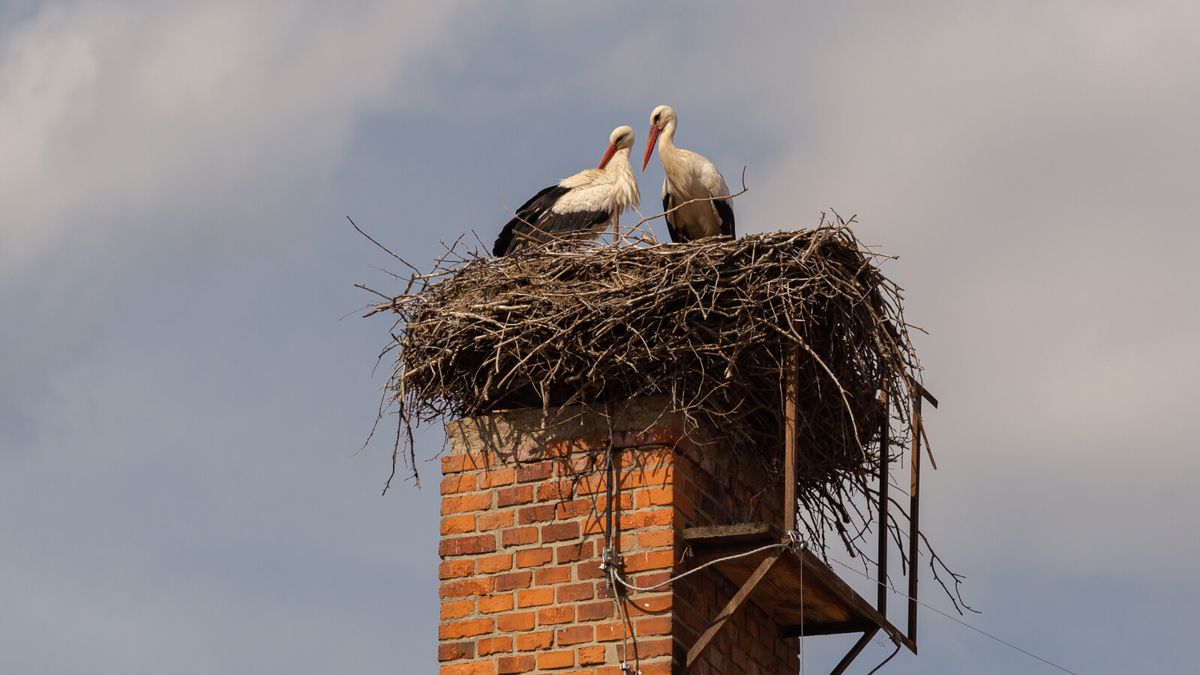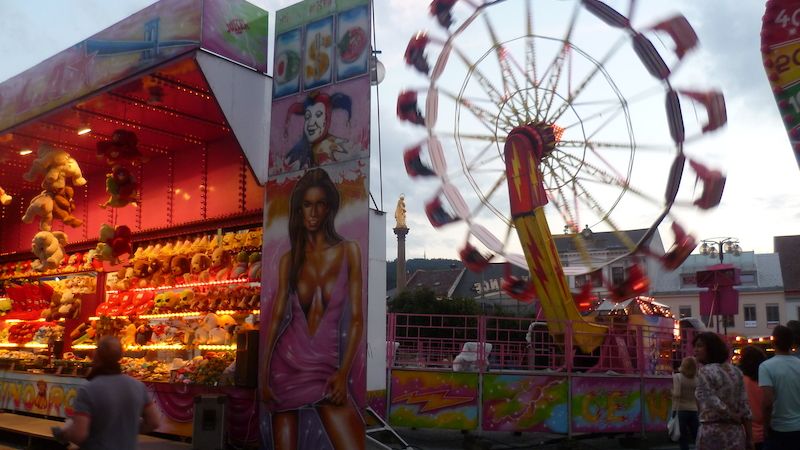“In the stork’s nest citizen science program, we have been monitoring the journey of nesting cranes since 2014. Watching cranes is very popular, making people happy and observing them is not difficult,“ presented by Gabriela Dobruská of the Czech Ornithological Society (ČSO). At the same time, everyone can participate in a program called Stork’s Nest. Stork nest observation is great entertainment and education especially for families with children and school groups, it can also be fun entertainment for observant seniors.
People can include crane watching as one of the activities in their nature walks, for example. Thus they will combine the pleasant with the useful: They will take walks in the fresh air and at the same time help to monitor the nesting progress of these birds. Although a few of the herons have arrived (possibly from central or southern Europe), most will only start returning in the following sunny days. At the start of the week, 57 occupied nests were confirmed across the Czech Republic.
Collaborate again via the internet
Volunteers can record observations in a similar way to Bird Watch. “Watch the nests in your area and plug your observations in www.birdlife.cz/capi. Even if you don’t see a crane there, find its nest on the map and declare it ‘invisible crane’. That’s the only way we can know that the nest has been inspected and the stork isn’t there yet,” added Dobruská. The more nests that can be inspected, the more accurate information about the arrival of storks can be obtained by ornithologists.
After their arrival, storks complete their nest every year. Unfortunately, for this they use the material that is easiest for them to collect and transport to the hive. And it can also be lightweight and malleable plastic litter, which, however, poses a great danger to birds. “The young are easily entangled in ropes or fishing lines, serious injuries can occur, leading to the death of the young,” says Dobruská.
Storks also use the trash they find around them to build their nests. For example ropes, in which storks can get entangled and be seriously injured or die. This problem can be prevented by cleaning the environment around the nest from rubbish, especially plastic strings and fishing lines
It’s easy to prevent such an accident. All you have to do is clean the places where you observe storks gathering food or where they fly for nest construction materials of human waste, especially plastic rope and fishing lines. In general, even in this case, one should not leave anything in nature. What he brought, he must also take back.
Why don’t you have a stork?
If you want to attract a pair of cranes to settle somewhere near you, first look around to see what the surrounding landscape is like. If herons don’t find enough food in them, there’s no point in thinking about putting a nesting mat where they can build a nest. After all, there are a lot of vacancies in our countryside. What’s missing are healthy and diverse wetlands and landscapes. This is where storks should start, say ornithologists.

“Unapologetic social media guru. General reader. Incurable pop culture specialist.”







